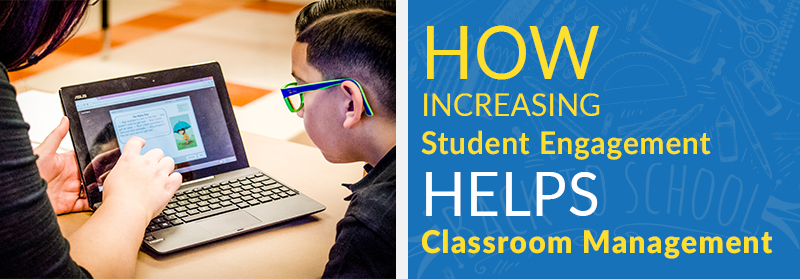The Best Discipline Program is Effective Instruction
One of the most common and challenging issues teachers face in the classroom is behavior problems. In many cases, student misbehavior is due to two key factors:
Lack of confidence. Students can’t complete the skills or understand the concept. Therefore they have disengaged from the lesson as shown by their body language and distracted attention.
Lack of relevance. Students don’t see why the lesson is important. It doesn’t connect to their lives, and they view the lesson as a terrible or exhausting experience.
Many teachers and school districts have eliminated or reduced this problem by using the Explicit Direct Instruction (EDI) model. EDI is a research-based instructional methodology that emphasizes student engagement, using a well-crafted 7-part lesson and in conjunction with specific Engagement Norms.
EDI builds confidence. After establishing the learning objective, the teacher activates prior knowledge of something the student already knows or has recently learned. Then, students are guided step-by-step from concept to skill development to independent practice. The students grow more confident and are more actively engaged because they are understanding the content.
EDI provides relevance. An EDI lesson also connects the lesson to the real world so students see why it’s important. EDI also uses Engagement Norms every two minutes to keep the students involved (read aloud, pair-share, track, write on a whiteboard, etc.). When students are expected to respond or interact, then the lesson is immediately relevant to them!
The key to better discipline is not more rules and consequences, but rather a more effective lesson in which teachers consistently engage the students in the learning process.

